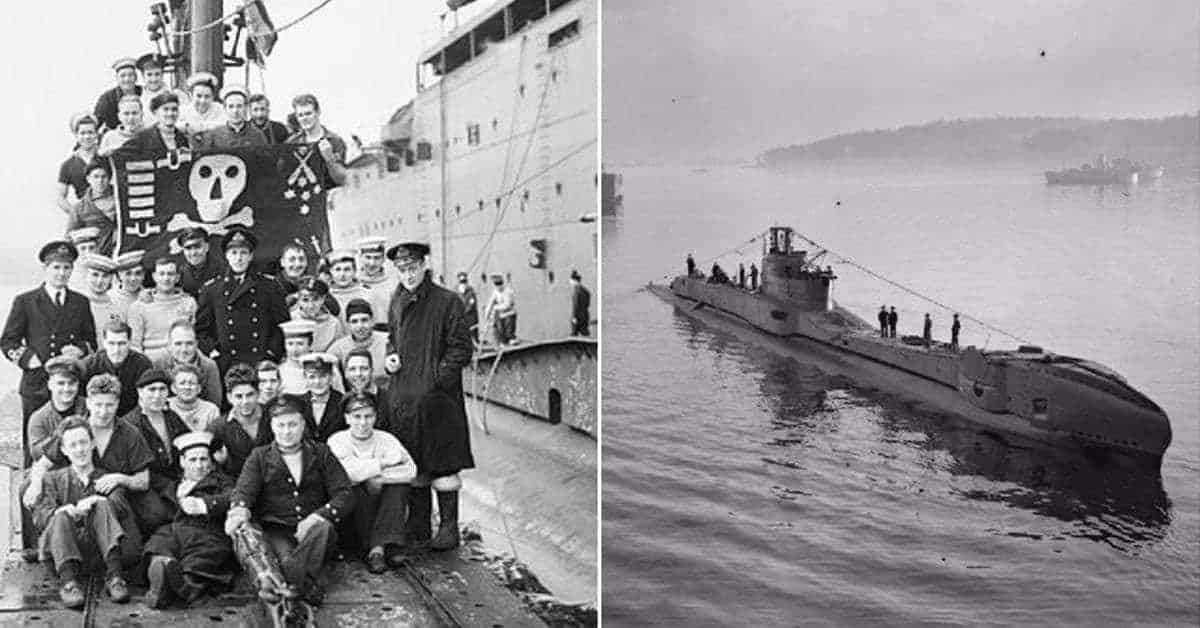During the years following the First World War Western navies, particularly England’s Royal Navy, struggled to catch up with the submarine technology and tactics with which the German Navy had nearly brought England to ruin. The German Navy had proven the submarine to be an offensive weapon to reckon with. This did not sit well with their British cousins, who considered Britannia to still rule the waves, although the British did concede that modern naval warfare meant using submarines against maritime enemies.
By the late 1930s, British shipyards such as Liverpool’s Cammell Laird were constructing T-class submarines, the largest yet built for the British Navy. The boats (seagoing submarines are called “boats” by their crews) were equipped with 10 hull penetrations for torpedo tubes, the most installed on any submarine of the day. While the ten torpedo tubes gave the boats considerable firepower they also presented a flooding hazard which could place the vessel in jeopardy of sinking. Eventually, 53 T-class submarines were built, four of which were to serve in the Royal Netherlands Navy. One of the submarines retained in the British Navy was christened HMS Thetis. Thetis was launched in June 1938 and began trials to prepare itself for Royal Navy service as Europe lurched towards World War II.

Thetis experienced problems during her acceptance trials which delayed the boat’s commissioning into the Royal Navy. Initial problems were with the boat’s control planes, essential to the submarine’s ability to drive, operate safely submerged, and return to the surface. Other problems emerged with the torpedo tubes, which needed to be flooded with seawater to fire torpedoes. Submarine torpedo tubes contain a door which opens to the sea, allowing the torpedo to be ejected from the tube and a door which opens into the submarine, allowing a torpedo to be loaded into the tube. Interlocks prevent both doors from being opened at the same time, an obviously inadvisable circumstance.
Thetis was not equipped with such interlocks, but instead with indicators which allowed the crew to ensure the status of the doors. Additionally, drain tubes were in place which would allow water to escape the tube if it were flooded and a crewman checked by opening a petcock, calling the crew’s attention to the tube’s status. Thetis was freshly out of the shipyard and thus freshly painted inside and out. The painters’ in their enthusiasm had painted over the openings to the drain tubes. The petcocks were painted shut.
In June of 1939, Thetis was operating in Liverpool Bay for torpedo trials prior to commissioning. The crew of Thetis was aware of the fact that the United States Navy submarine USS Squalus had sunk during test dives near Portsmouth, New Hampshire the preceding month, with the loss of 26 men. As Thetis began its trials the US Navy was attempting to rescue survivors from the stricken Squalus. At least in part due to the Squalus incident, Thetis had more than the usual number of escort vessels accompanying her during her test operations.

